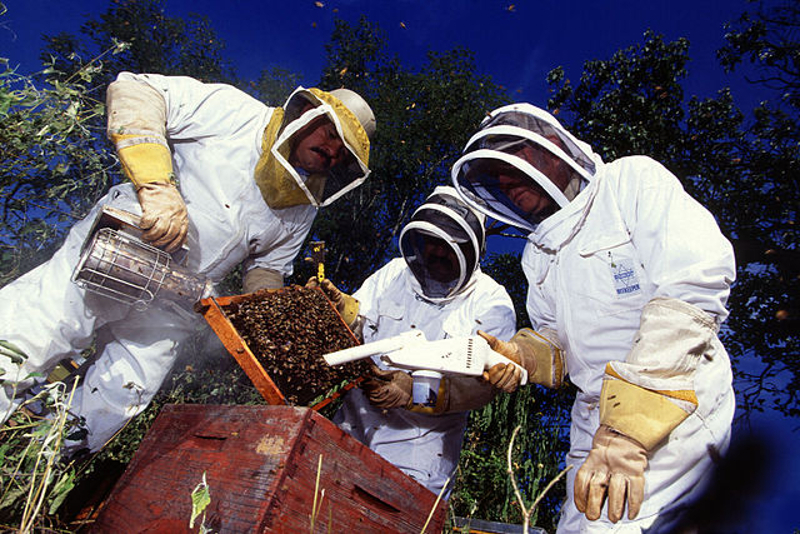The U.S. Department of Agriculture (USDA) has declared April to be "Invasive Plant Pest and Disease Awareness Month (IPPDAM)," as a way to inform Americans about the nationwide impact of invasive pests.
"This national outreach month is dedicated to highlighting the impact of invasive plant pests and diseases on plants nationwide and informing Americans how they can help reduce their spread," the USDA states in its April 4 press release, which includes several ways to mitigate the spread. "IPPDAM aims to raise public awareness about the threat and how U.S. residents can help protect U.S. resources from hungry pests."
The IPPDAM initiative highlights the threat of nonnative plant pests and disease, which can be travel in untreated firewood or on agricultural materials such as plants, produce, seeds and soil; attach to vehicles and outdoor surfaces; or be transported in the mail, the release reports. The campaign seeks to raise public awareness and encourage people to help protect U.S. resources from these destructive pests.

USDA entomologists collect Africanized honeybees for study.
| Scott Bauer/USDA Agricultural Research Service/Wikimedia Commons
Jenny Moffitt, under secretary for Marketing and Regulatory Programs, said that many invasive plant pests and diseases are hard to see and are natural hitchhikers. It’s easy to unintentionally move them to new areas, according to the release.
“Invasive Plant Pest and Disease Awareness Month is a reminder to all of us to limit the spread of plant pests and diseases,” she said in the release.
Invasive pests have few natural predators in new environments, making it easy for their populations to quickly multiply and spread, disrupting ecosystems and reducing biological diversity, the release reports. Climate change worsens the impact of invasive species by increasing the level of plant pest infestations and disease infection. That enables pests to produce more generations each year and expand their habitat, the USDA reports.
“Each year, invasive insects and plant diseases cause an estimated $40 billion in damage to plants that sustain us. Invasive species threaten our food security, agricultural livelihoods, and way of life,” Secretary of Agriculture Tom Vilsack said the press release. “Luckily, there’s a lot we can do to protect our resources.
"This spring, familiarize yourself with the invasive pest quarantines in your area and do your part to avoid inadvertently moving invasive insects and plant diseases to new areas,” Vilsack said.





